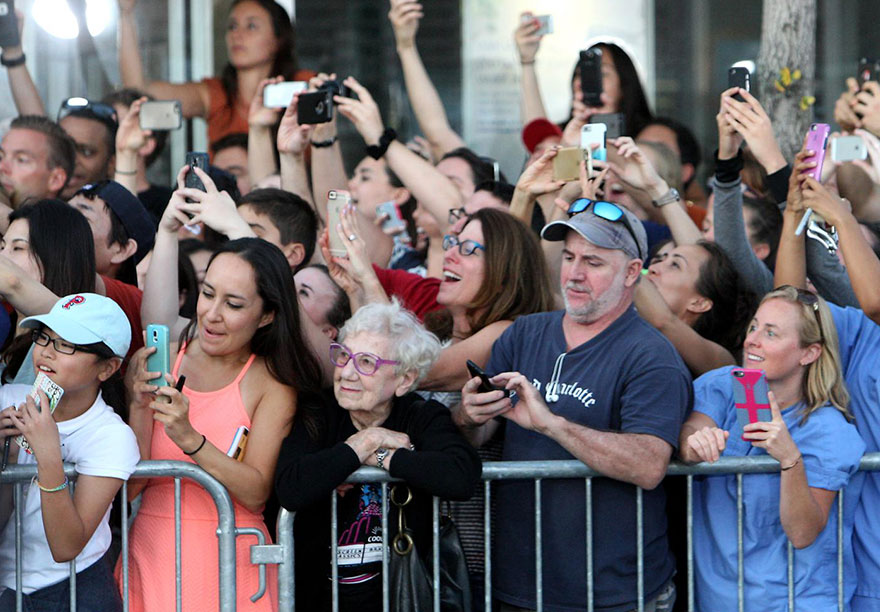Last week, I took part in a two-day program on foundations of happiness from what I’ll simply call the Department of Happiness of Erasmus University Rotterdam – the official name is Erasmus Happiness Economics Research Organisation (EHERO).
The very first lecture was by a philosopher on the question ‘what is happiness’? As could be expected, prof. Jack Vromen’s review of thousands of years of philosophy raised more questions than answers. From Aristotle’s emphasis of the ‘life of virtue’ to Jeremy Bentham’s “greatest good for the greatest number”, ideas differ what happiness is. And it gets more complicated when we try to set happiness apart from the similar concepts life satisfaction and well-being. My takeaway simply was that we don’t need to have a solid all-weather-proof answer what happiness is. We ‘only’ need to decide what happiness is to us.
But what triggered me most is the picture to illustrate happiness in the deck that Vromen used. While I haven’t been able to find the actual one he used, conceptually it looked a bit like this:

What do you see here? Two people, seen from the back, in nature, jumping out of excitation in the air. It’s a very common theme in stock photos of happiness. Start paying attention to the imagery for online news stories about happiness or search for images of happiness on Google. This is what you’ll usually find, alongside a bunch of smileys of course. I’ve copied a few more examples in the gallery.
On my blog, you’ll also find a few posts illustrated by views of the beach or a tulip field, based on the implicit assumption that being in nature can create moments of happiness (it certainly can, in my experience, and evidenced by an emerging scientific literature).
Still, my favourite image of what happiness looks like is different. It is a picture that went viral in 2015. The picture was taken at the movie premiere in Boston of Black Mass – a crime drama starring names such as Johnny Depp and Benedict Cumberbatch.
The picture shows how a group of spectators all get their phones out to depict, I imagine, the celebrities arriving from their fancy cars. Apart from one person: the older lady in the centre of the picture seems to be truly taking in the moment, a small smile on her face. I might be projecting something, but it looks like a moment of happiness for her. And if you see how the image went viral and people praise her for being aware in person rather through their cameras, I think I am not the only person to ascribe this meaning to the picture.
For me, this is what happiness is about: paying attention to the small moments of pleasure in our life. Happiness doesn’t need to always be about majestic landscapes and great excitement. It can be as simple as enjoying the view of the moon in the sky, calm waves on the beach, a glance at a field of tulips, a coffee on the balcony or indeed – seeing a few celebrities at a movie premiere.






